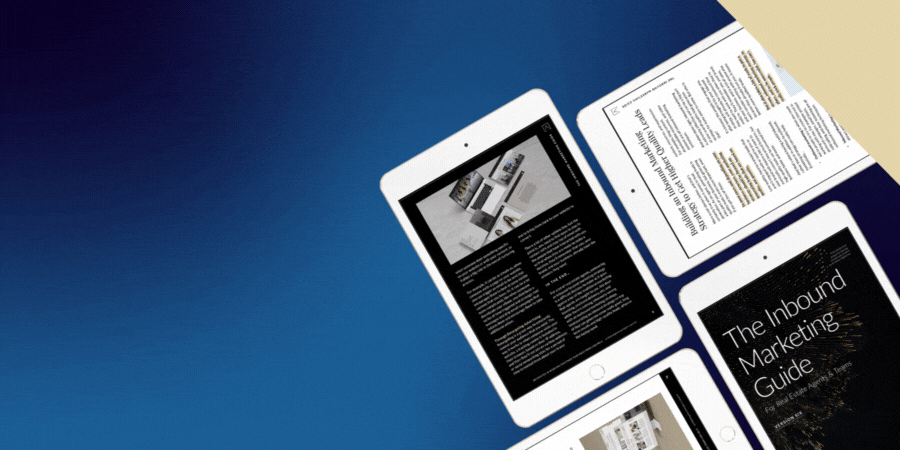When you build an initial digital strategy (ie: your website), it should be strategically built to be inline with what your target audience, not you, wants to see.
To make it successful, you should understand that you’re really building it for your target audience, not you; and if you think about it, it really doesn’t even matter if you like it: only that your target audience does.
After your website is built, your marketing and inbound strategies are the plans you put in place to get that specific target audience in front of your website, hopefully, to have them begin to trust you, and eventually, reach out to you when they’re ready to make a real estate decision.
But once they get to your website, how do you get them to take an action, so they end up in your marketing database and you can set a nurturing plan in place for them until they become clients?
The answer lies in planning out your lead flow.
Lead flows are the strategic path you plan out for your visitors to get them to take a specific set of actions, and so you can then nurture them until they reach out and become clients.
Although there are many different types of lead flows, we define them as 3 main steps:
- Discover
- Build Interest
- Take Action
The Discover Stage:
The Discover Stage is the main part of your overall marketing and inbound strategy, where you work towards getting people within your target audience to discover you online, often multiple times and in multiple ways.
That could be through social, through your content strategy, through signage, or all of the above, but the best and most effective way to do this is by providing value around solving a problem that your audience is looking for the answer for; ideally through your overall content and content marketing strategy.
By creating quality content, and marketing that content to cast a wide net, your audience is is likely to discover you and your brand when they’re looking for an answer for something. You’ll be solving a problem for them.
For example, if you were trying to attract first-time homebuyers, you could start by writing and marketing content that’s directly related to things they may be searching for answers for. Then, when they discover your content online and get answers to the questions they’re looking for (ideally, multiple times in multiple different places), they’ll begin to associate you with being the authority on first-time home buying.
★ Want to learn more about building a content strategy rooted in quality? Have a look at these posts and resources:
- Creating an Evergreen Real Estate Content Strategy
- Writing Successful Real Estate Content that Converts
- Optimizing Your Content for Humans (And Not Just for Search Engines)
- Download Our Content Strategy Guide for Real Estate Agents
The Interest Stage:
The Interest Stage is when you work towards building a general interest in your brand so your target audience will return.
At this stage, because they already know you exist (as a result of the discovery stage), they will just go directly to your website to read additional content that answers the questions they have.
As mentioned, your website should be strategically built to have plenty of call-to-actions that are built with the intent of getting them into your marketing database, so when they come back at the interest stage, you can capture their information, which they’re more likely to give you because you’ve built that initial interest already.
For example, in the Interest stage, you have a much higher chance of getting someone to sign up for your marketing email newsletter, download a free guide, opt-in to a marketing report, etc, because you’ve already solved a problem for them; and because they’re now interested in your and your brand, you’re more likely to have built trust with them resulting in them giving you their information more easily.
Once you have their information, this is also where your marketing automation strategy can really ramp things up, so you can further build interest in your brand by proving your authority and expertise. If they’re now continually being reminded that you exist, and being sent quality content consistently through your marketing newsletter or whatever channel they’re opted into, you’re further proving your expertise.
Most importantly, in the Interest Stage, you’re building trust with your audience.
The Take Action Stage:
The Take Action Stage is where you’ve built enough rapport and trust with your audience in the previous stages, and you’ve been continually reminding them that you’re an expert that can solve a problem for them, that they’ll reach out when they’re ready to take action.
This is the simplest part of the lead flow stage, because there isn’t a lot to do. Because they already know that you’re an authority, and they’re interested in you and what you have to say, and they’ve been continually be reminded about you, the idea is that eventually, when they do need to make a real estate decision, they’ll reach out (often without reaching out to anyone else).
By planning a lead flow, under the philosophy of inbound marketing, that’s built on the fundamental strategy of them discovering you, taking interest in you, and eventually, reaching out to take action, you can build a solid inbound marketing strategy and establish a lead flow that runs in the background, 24 hours a day, and brings in qualitative leads that already want to work with you and your business.
Want to get better, more qualified leads and build your authority? Our Inbound Marketing Guide is a walkthrough of the overall philosophy of inbound marketing, why it’s effective, and how you can build it into your own real estate marketing strategy to get better marketing results.




